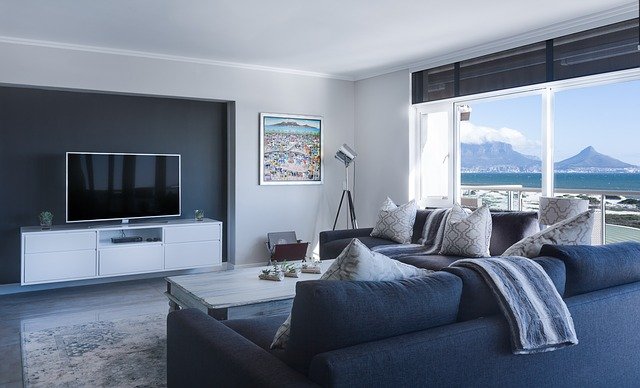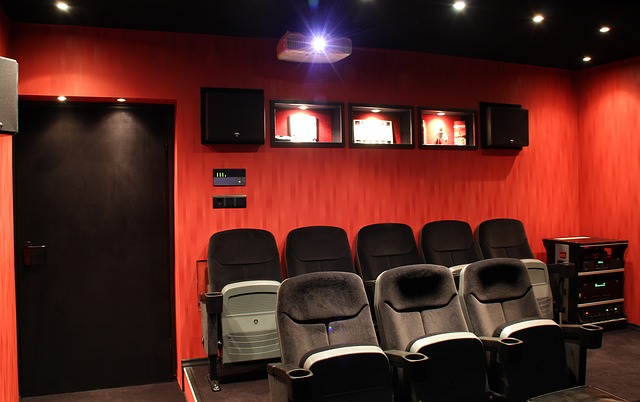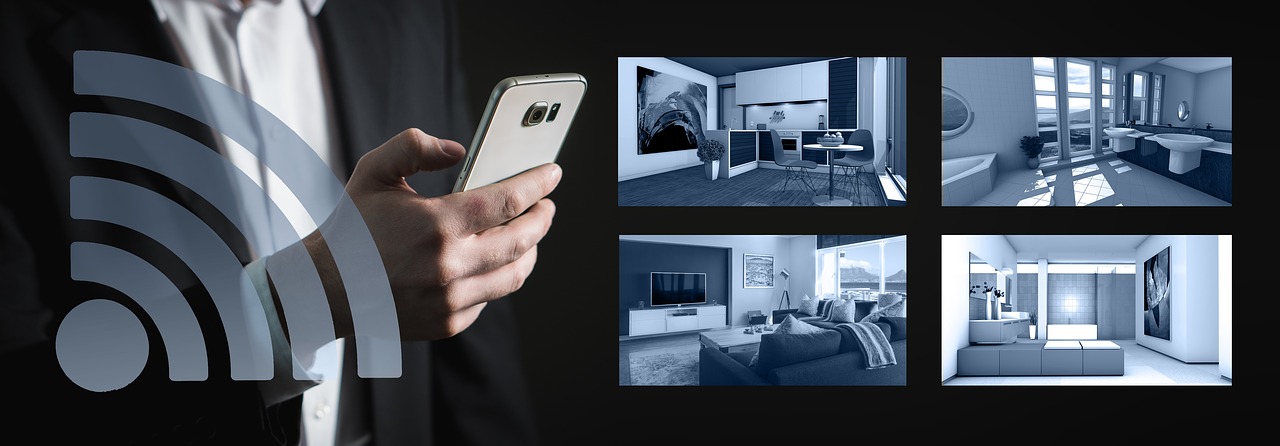
For most people, sitting in front of a television fully immersed in a movie or getting lost in the rhythm of their favourite music is their ideal way of relaxing. If the acoustics of the entertainment room falls below the optimal range, then their experience would be severely affected.
Acoustics refers to the way sound waves interact with objects in their paths. It describes how your environment affects how you hear a sound, whether from a speaker or a human voice.
While the speaker system you use is important, the furniture, walls, flooring, decor pieces and windows also play significant roles in a room’s acoustics, especially for musicians who are using the room for playing an instrument. Here are some tips that you can easily implement to elevate your sound experience in your entertainment room;
Get The Correct Sound System for Your Musical Instruments and Sound Devices
When you have the perfect setup in sound technology, your acoustic needs are already halfway met. Nowadays, there is a wide variety of speakers and home theatre systems with different sizes, shapes and customizations.
While you do not need a concert hall or cinema-level setup, you should give significant consideration and capital to purchasing something suitable.
At the very least, you need a central speaker where most of the dialogue and sound originates from, then two supporting speakers to be placed on the left and right, respectively. You can talk to an audio specialist at Morris Brothers Music Store about the ideal size and types of speakers to buy for your instrument and your space.
You can also search online for the best sound systems within your budget that will complement your guitar, brass, rhythm or wind instrument.
Keep Sound Out
You might not get the fully immersed experience you need to enjoy your favourite movie because outside noises clash with the sound generated from your speakers. Noise from passing cars, playing with kids, pets and household appliances can interfere with the acoustics in a room. The best way to tackle this issue is to get your music room adequately soundproofed.
While the material used for insulation, especially in the walls, can provide a level of sound cancellation, you might need to add more materials to achieve total sound insulation. You can hire a contractor to fill the space between the room’s outer and inner walls, which will keep outside noise from coming in.
Adjust The Acoustic Profile
The acoustic profile of a space is the unique sound produced due to how sound waves interact with the elements. Sound can either bounce off or reflect from a surface or be absorbed. An optimal acoustic profile is one with a balance in the level of reflected and absorbed noise.
As sound leaves your speakers, some of it reaches your ears while the rest bounces on reflective surfaces in the room before reaching your ears.
The time interval between the direct and reflected noise, as well as an excessive amount of the latter, can lead to low-quality sound. Hence, you need to employ certain strategies to get a balanced acoustic profile:
- Reduce reflective surfaces: Flat and hard surfaces such as wood, glass, tiles and stone should be covered with fabric and tapestry or, if possible, removed.
- Add more absorbent materials: Soft and thick materials like rugs, furniture upholstery and foam can trap sound. You can take it a step further by installing acoustic panels and bass traps specially designed to absorb sounds at various frequencies.
Rearrange The Speakers
The placement of your sound system and your accompanying musical instruments can make or mar the audio quality of your TV room. There are locations in a room that are highly recommended for good sound production. Just shifting your furniture or speakers from one position to another can make a lot of difference.
Ensure that the speakers are not placed directly in front of the sofa, coffee table or wall. If your speakers are placed on tables, whether glass or wood, shift them to sit at the edge instead of the middle or the far end.
A full-length carpet or, at least, an area rug placed in front of the speakers would provide enough protection from floor reflection. You can also use thick curtains to cover windows and glass walls or doors to absorb sound.



